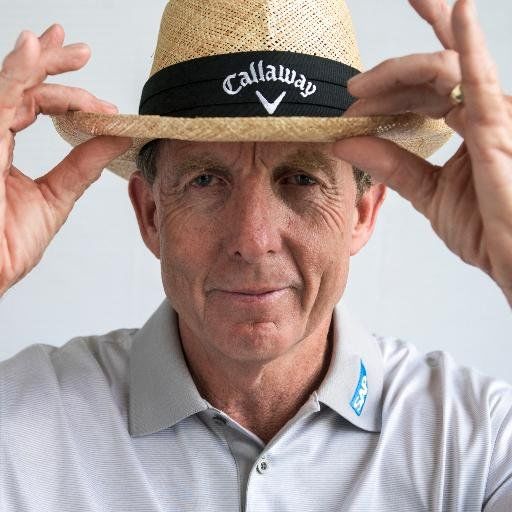
Golf Courses in India
20 golf courses
Among its many attractions, India boasts the golf course that is situated at the highest elevation of any in the world, the Gulmarg Golf Club, nestled at 8,694 feet above sea level. Around 200 clubs are now open for play across the country, with more in the planning stages. Noteworthy newer courses include Bombay Presidency, Golden Greens and Tollygunge.
India was ruled by England beginning in the mid-1700s, which is why the country was the first outside Britain, Ireland and Scotland where golf was played. Thus the Royal Calcutta Golf Club was established in 1829, over a quarter century before the first course had been constructed on the Continent. Other clubs sprang up in Mumbai and Bengaluru in the decades that followed, and by 1900 another ten or so had been founded. Royal Calcutta oversaw the game under the auspices of St Andrews, essentially making it the equivalent to the Royal and Ancient in India. Finally, in 1955, after the country regained its sovereignty from England, the game came under the control of the Indian Golf Union.
But the real growth in the game here has come in the past few decades with the steady increase in India's economic power. New courses are now being constructed, though not at the same furious pace as in China in recent decades. In terms of competitions, the inaugural Indian Open Championship was staged in 1964, in which Australia's Peter Thomson, then the top golfer outside the US, emerged victorious. The establishment of a new Professional Golf Tour of India in 2006 has further strengthened the sport here.
Indeed, it was not until the 2000s that an Indian player earned a place on the world stage. Jeev Milka Singh, whose father is a former Olympic hurdler known as "The Flying Sikh," has emerged as a major contender, with victories in every major golf arena except the US. Anirban Lahiri, the young Indian golf prodigy, is taking Jeev’s place as a booster of golf in India and Asia.
Explore golf courses and golf travel packages worldwide.
Explore



































